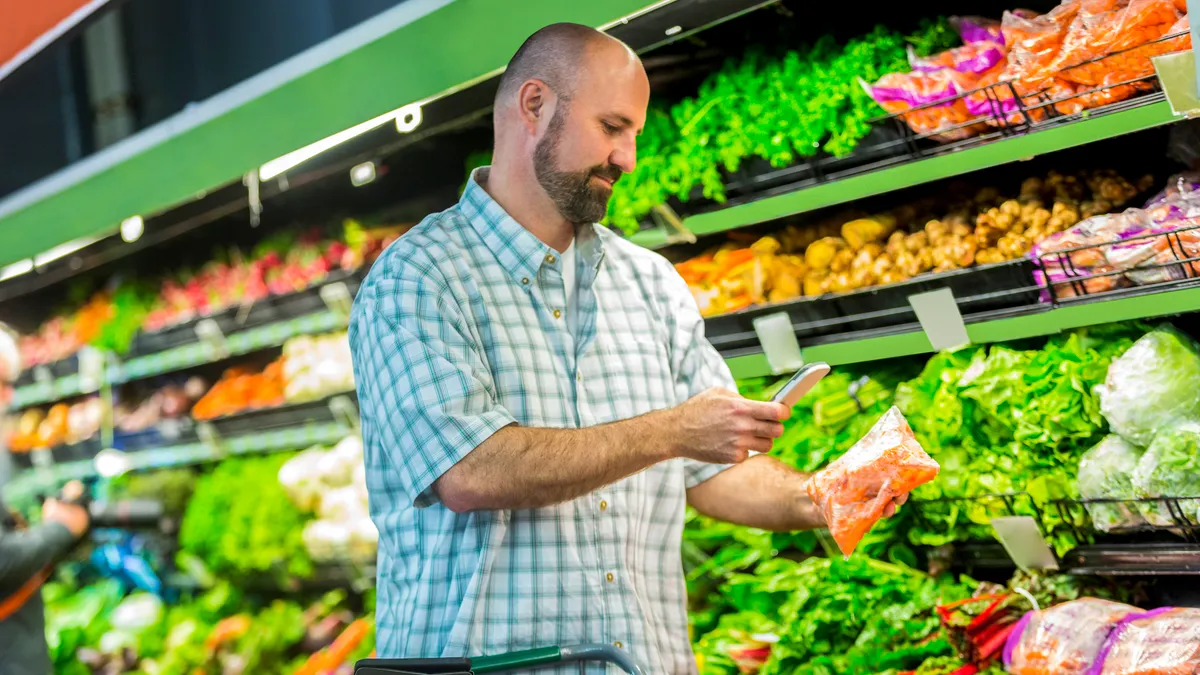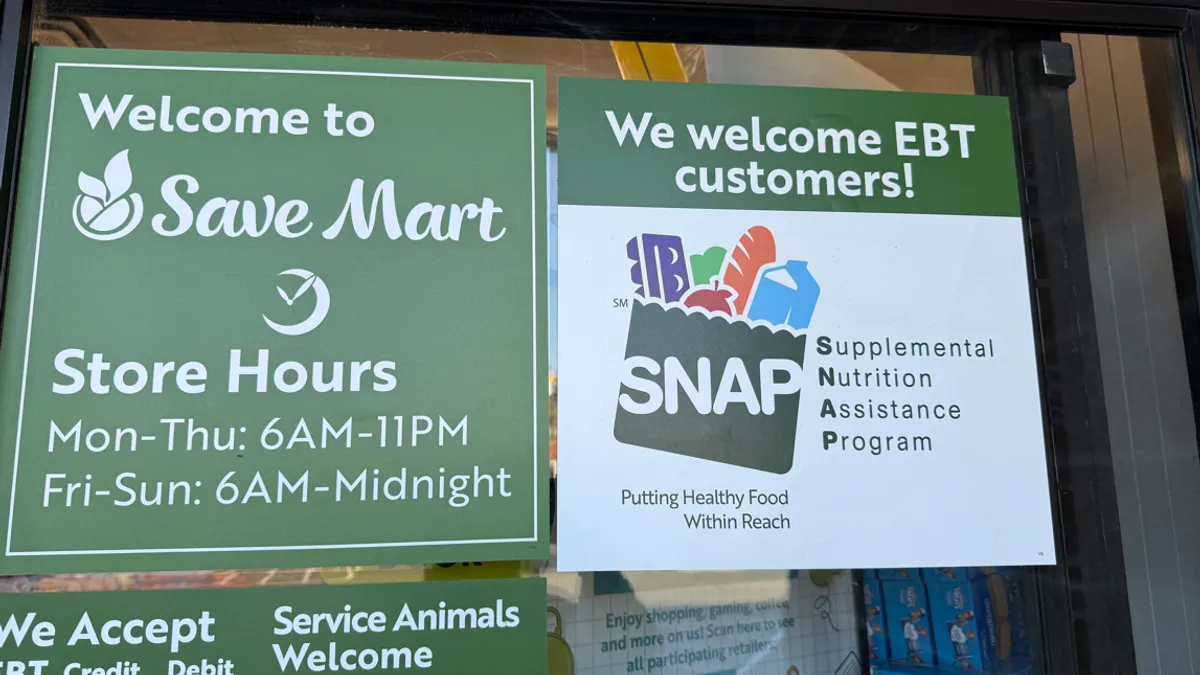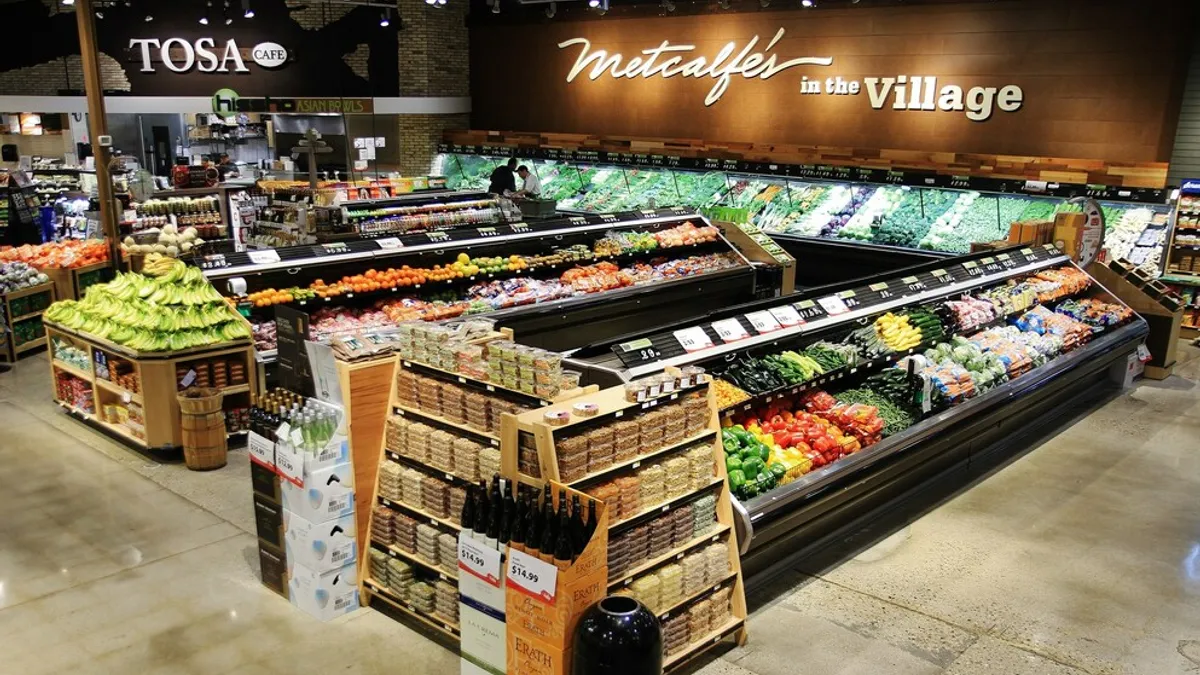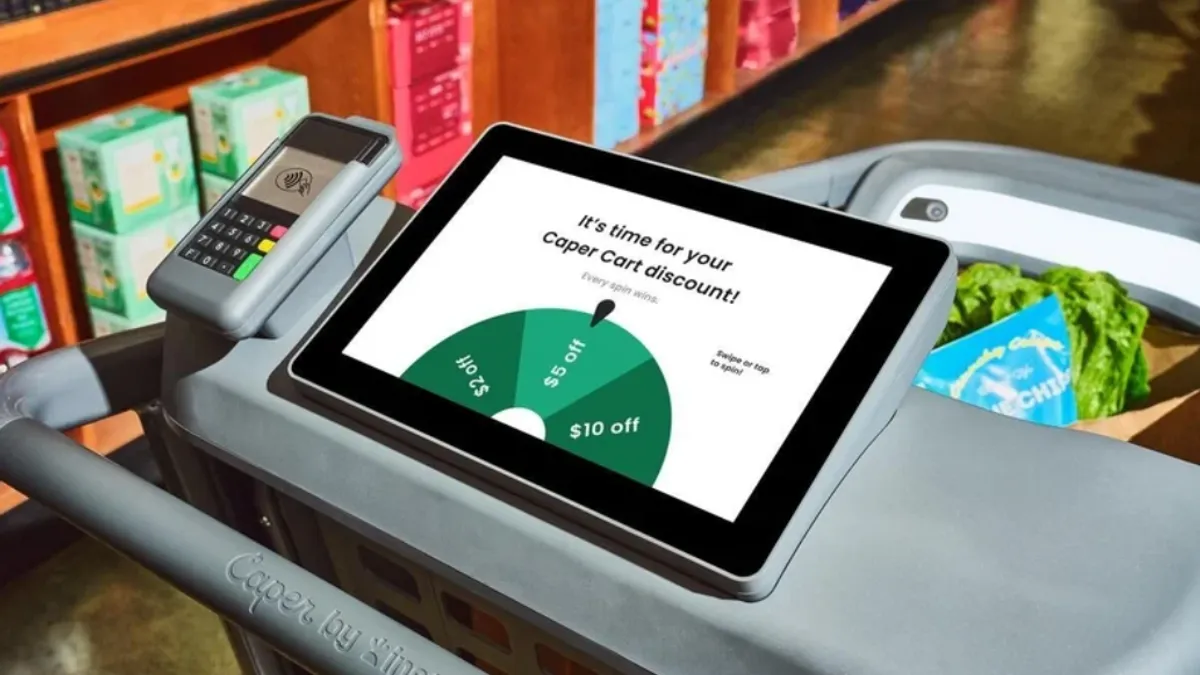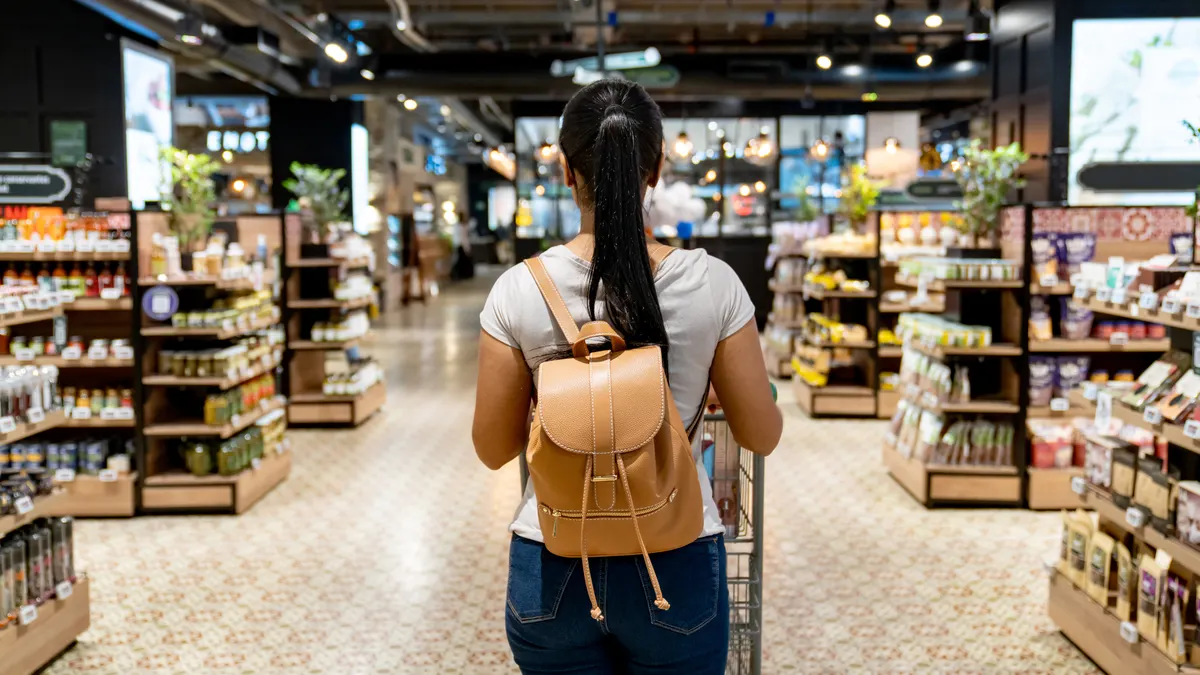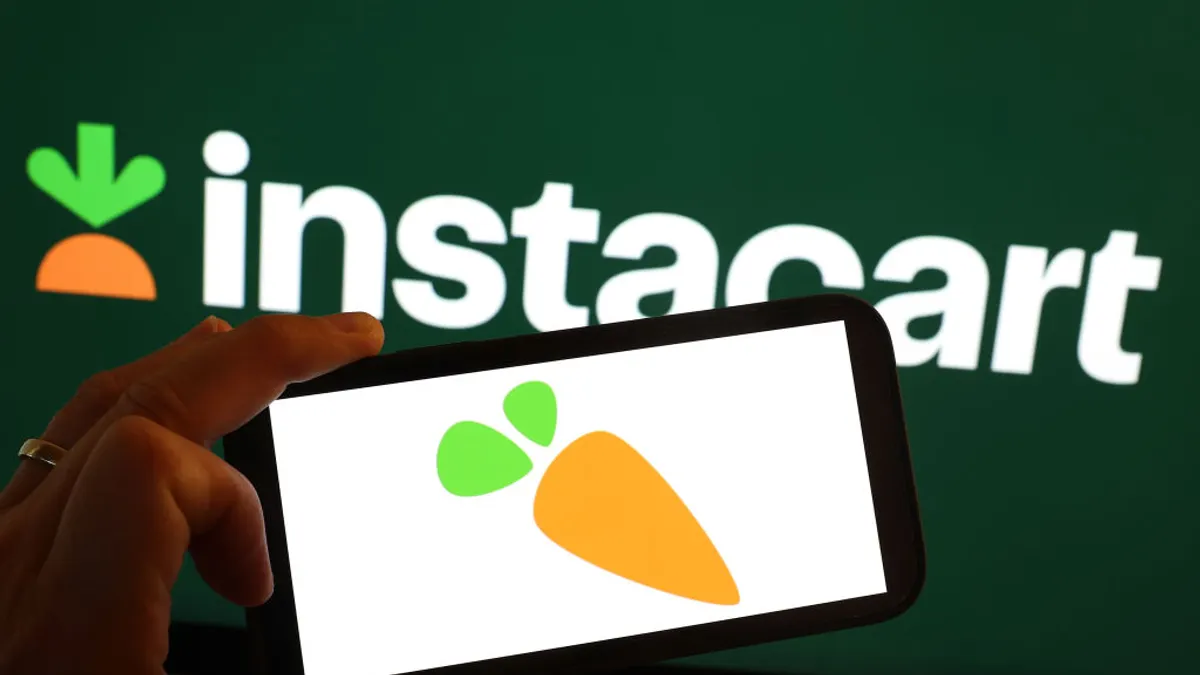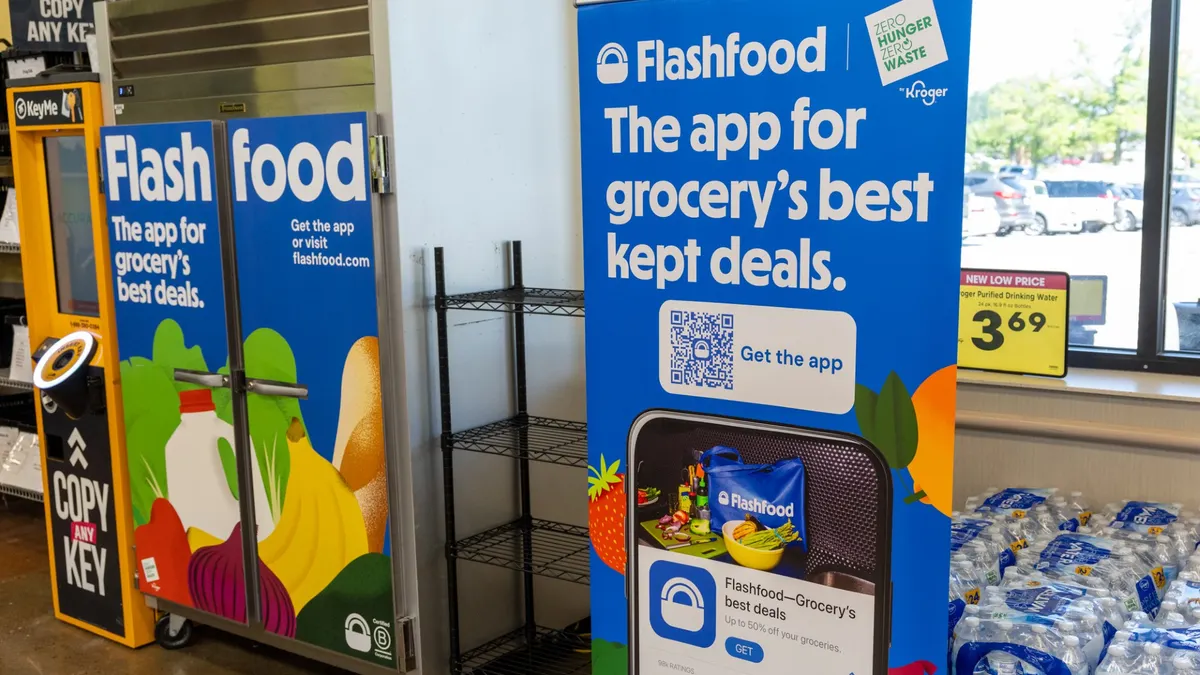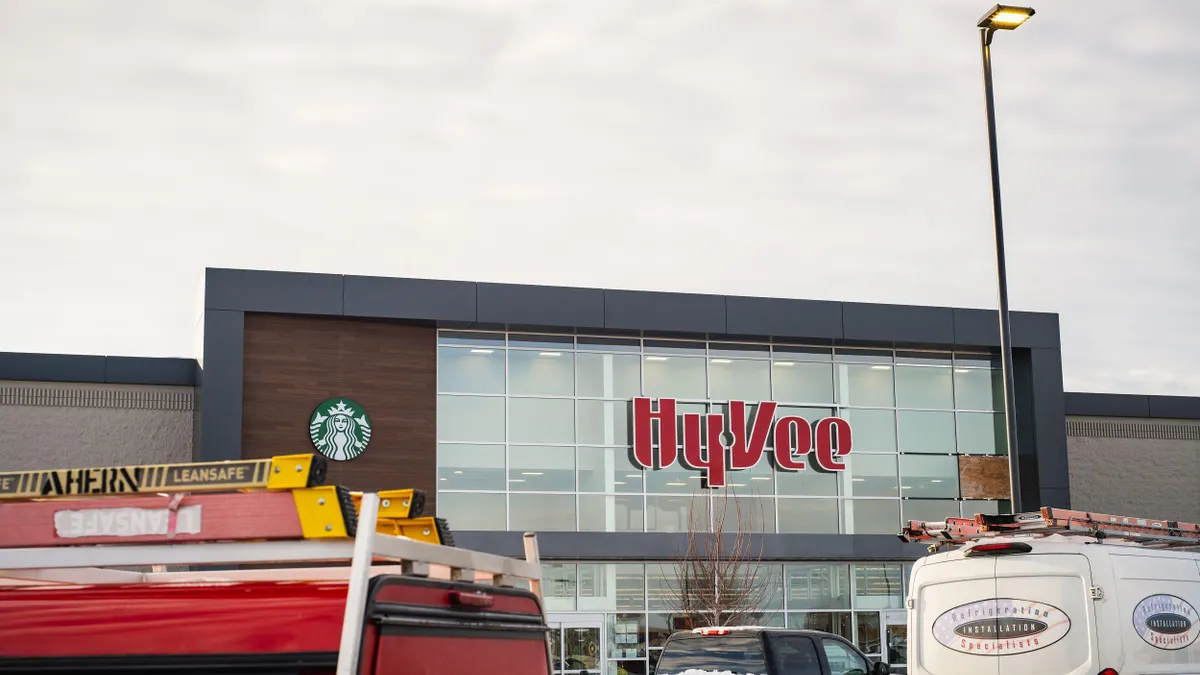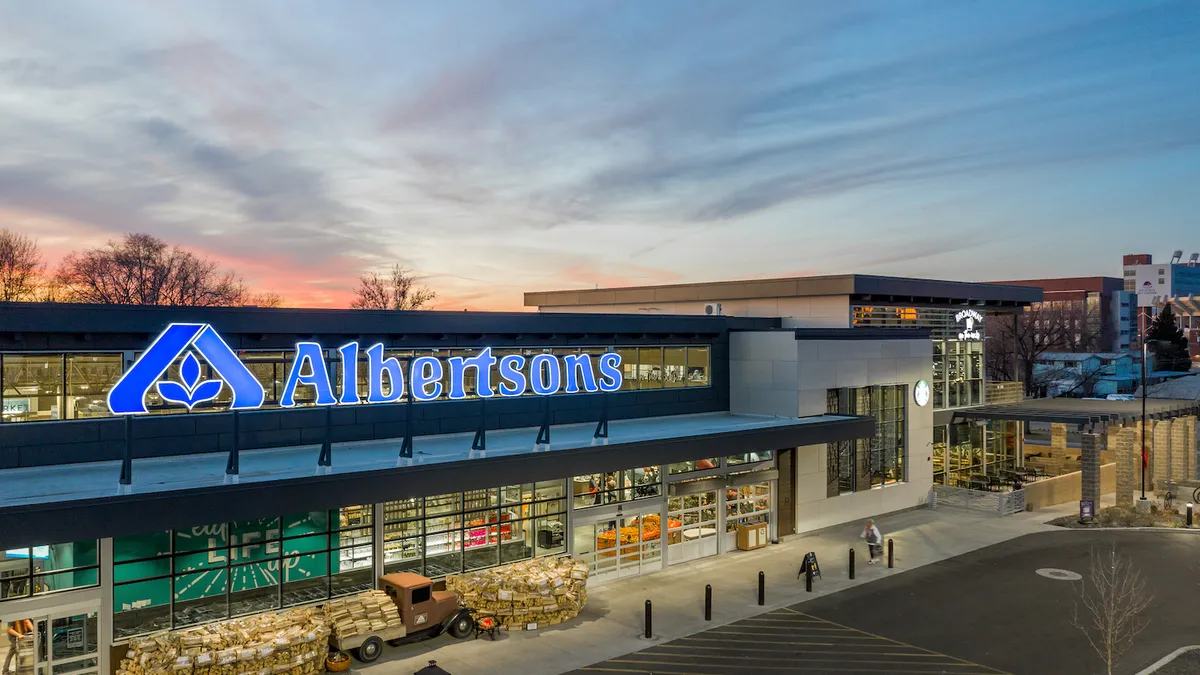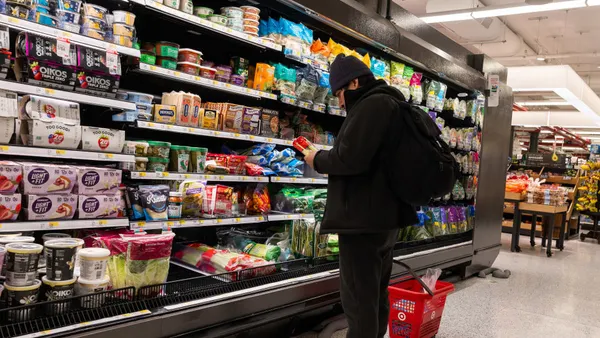Nicole Hudson is the director of alternate channels at KeHE Distributors, where she leads a sales team focused on servicing non-traditional grocery and small-format locations. With over 20 years of experience, Hudson has a proven track record in merchandising, strategic planning, product development, production planning, account management, forecasting, sales and inventory management.
Consumers expect engaging, convenient and memorable in-store experiences — and now is the time for grocers to rethink their strategies to attract and retain loyal customers.

Recent data reveals that 88% of consumers prefer shopping for their groceries in person, underscoring the need for retailers to create an exciting and compelling in-store environment to keep them coming back. Stores are also adjusting their formats for a greater focus on consumer convenience by turning to smaller-format layouts.
To elevate the in-store experience, retailers should prioritize three key pillars: expanding product assortments to meet customer needs, utilizing technology for personalized and seamless shopping, and enhancing the overall atmosphere. These strategies are essential for optimizing the in-store experience, and here’s how retailers can bring them to life.
1. Broaden product selection
Consumers seek unique, high-quality, well-curated and locally sourced products. Customers often perceive locally sourced items as fresher and more eco-friendly and, most importantly, shoppers want to connect with products that have personal stories behind them while uplifting small businesses in their local communities. FMI — The Food Industry Association reported that 83% of retailers surveyed identified stocking local assortments across their shelves as a key differentiator, with 58% considering it to be a highly successful strategy.
Anticipating seasonal trends with a well-curated, seasonal assortment is another key strategy for retailers to enhance customer loyalty. By aligning offerings with the seasons of the year, grocers can tap into consumers’ evolving needs and desires as well as foster a sense of connection and anticipation. In addition, natural and organic product assortments — no matter the season — offer an expanded shopper experience and appeal year-round.
Retailers are also primed to see success when offering private label options as these products offer savings opportunities and loyalty to the store’s brand. Half of surveyed consumers now report purchasing more private-label products than ever before, according to NIQ’s Mid-Year Consumer Outlook: Guide to 2025. As grocery prices have risen, 43% of consumers say they purchase private label brands to stretch their budget and 29% say they think private label brands are just as high-quality as name brands, according to Numerator data cited by Emarketer. These figures demonstrate that private label offerings are not only a key strategy for retailers to achieve higher profit margins but also a timeless approach to attract price-conscious consumers seeking innovative, delicious products.
By curating a wide assortment of products, distributors and retailers can meet consumer appetites driven by everything from culinary curiosity to health consciousness. For instance, there has been a surge in the demand for international flavors and cuisines, and younger generations, in particular, are looking for authentic, high-quality ingredients that offer regional distinction and diverse flavor profiles. Offering a wide assortment of international products and incorporating them with their domestic counterparts allows consumers to experiment with new flavors and ingredients while browsing familiar aisles.
2. Leverage technology to personalize shopping experiences
Nearly half of the retail executives surveyed by Deloitte said convenience is key to enticing consumers in-store. Meanwhile, seven in 10 retail executives said they expect to have AI capabilities in place within the year to provide consumers with offers tailored to individual preferences to improve their shopping experience, the firm found. This innovative new technology will also make grocery shopping more convenient for consumers, with new features from smart shopping lists and self-checkouts, which 66% of consumers prefer, according to PYMNTS.
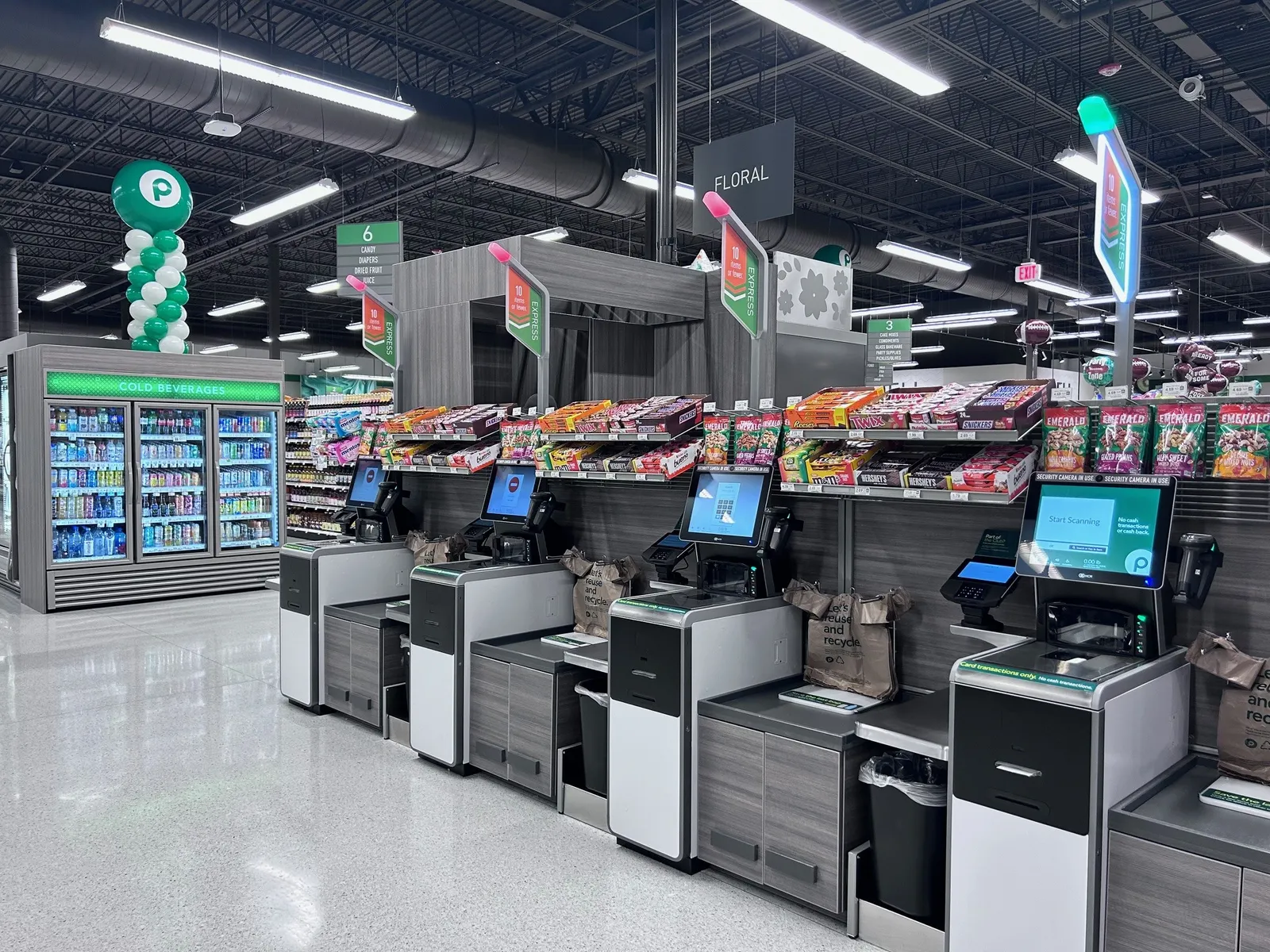
For retailers, systems that have enhanced inventory management processes can ensure the products consumers look forward to purchasing are in stock, leading to increased customer satisfaction and loyalty.
With consumers spending more and buying less, it takes a mix of strategies to create an experience that drives growth, including personalized promotions and pricing. Tried and true methods still have a place, as 92% of shoppers in the U.S. use coupons, per NIQ, but that practice can become an even more personalized experience with the right technology and capabilities.
3. Revamp the in-store atmosphere
One of the first ways that four in 10 retail executives told Deloitte they plan to engage consumers in 2025 is through exciting and immersive experiences. Interactive displays, cooking demos and sampling stations top the list for immersive experiences that grab shoppers’ attention in stores. However, customer service is essential for grocers to maximize the impact of these displays. By investing in comprehensive staff training to ensure employees fully understand the store's product offerings, retailers can create immersive shopping experiences that not only resonate with customers but also foster lasting loyalty.
Planograms are also a piece of the atmosphere puzzle. These are the blueprints of aisles designed to maximize sales, manage inventory and enhance the overall shopping experience. Planograms must make sense in the overall layout of the store to engage consumers at the right time and place. Simply put, a well-designed planogram should be like a well-written story — engaging, easy to follow and logically organized throughout.
A well-organized and strategically merchandised store allows customers to find what they need quickly and easily, streamlining the shopping process and keeping them engaged. Endcaps and coolers, for example, should have high-demand and impulse-buy products merchandised at eye level to boost visibility and drive sales. Strategically positioning these types of items can encourage shoppers to make spontaneous purchases. This merchandising tactic not only improves the shopping experience by providing extra options at critical moments but also boosts store profitability.
With an enhanced product assortment, smart use of technology, and an elevated in-store environment, distributors and grocery retailers can work together to create a one-of-a-kind shopping experience that keeps consumers coming back for more. By working collaboratively, we can champion innovation, adapt to consumer trends and optimize operations today and in the future.


